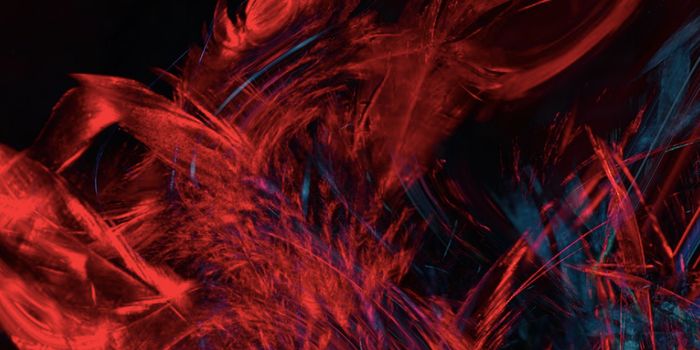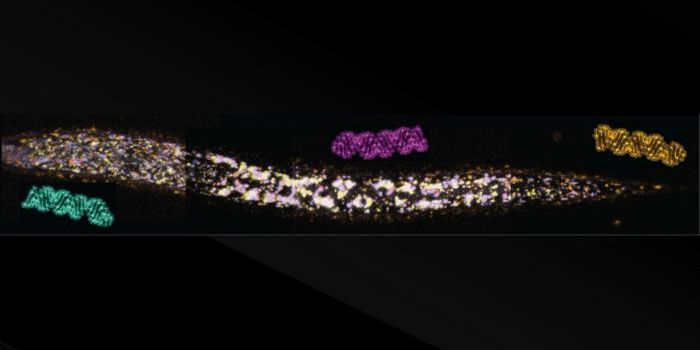Ancient Viruses Boosted Vertebrate Brain Evolution
In DNA, retrotransposons can move around and insert themselves into other parts of genomes with a kind of copy and paste mechanism. Most have lost this ability in humans, but they still make up a significant portion of the human genome. It's estimated that 35 to 48 percent of the human genome is composed of these genetic elements, and many help control gene expression.
Endogenous retroviruses are retrotransposons that became a permanent part of the genome when ancient retroviruses infected humans; retroviruses insert themselves into the genomes of cells they infect. These endogenous retroviruses are also thought to contribute to the function of human brain cells. Some research has indicated that neural stem cells can control the activation of retroviruses. The aberrant activation of some retroviruses has also been linked to human disease.
New research has suggested that a retrotransposon called RNLTR12-int, an RNA molecule the researchers referred to as RetroMyelin, is required for the myelination of neurons. The findings have been reported in Cell.
The researchers removed this RNA transcript from the oligodendrocytes and oligodendrocyte progenitor cells of a rat model, then myelin basic protein, one of the essential components of myelin, was no longer expressed. Retromyelin helps control the expression of myelin basic protein.
Myelin is a sheath that insulates the appendages of neurons, called axons, which send signals to other cells. Myelin first arose in jawed vertebrates, and allowed for the rapid propagation of neural signals through the body, made it possible for axons to function over long distances, and increased the conduction of neurons without needing to make those cells larger. Myelin also propelled the evolution of the central nervous system because once insulated, neurons with all of those characteristics could be tightly packed together.
Genetic sequences that are analogous to RetroMyelin were identified in other jawed vertebrates like birds, fish, reptiles, and amphibians. But there were no similar sequences found in jawless vertebrates or invertebrate organisms. When the RetroMyelin gene sequence was silenced in zebrafish and frog larvae, the developing animals generated abnormally low levels of myelin compared to normal larvae.
"Retroviruses were required for vertebrate evolution to take off," said senior study author Robin Franklin, a neuroscientist at the Altos Labs-Cambridge Institute of Science. "If we didn't have retroviruses sticking their sequences into the vertebrate genome, then myelination wouldn't have happened, and without myelination, the whole diversity of vertebrates as we know it would never have happened."
This study is one of many that have revealed the significance of portions of the genome that do not code for protein, many of which were once disregarded as 'junk' DNA.
Sources: Cell Press, Cell









